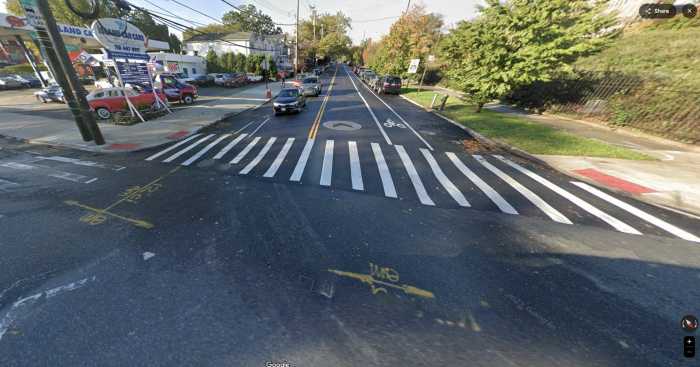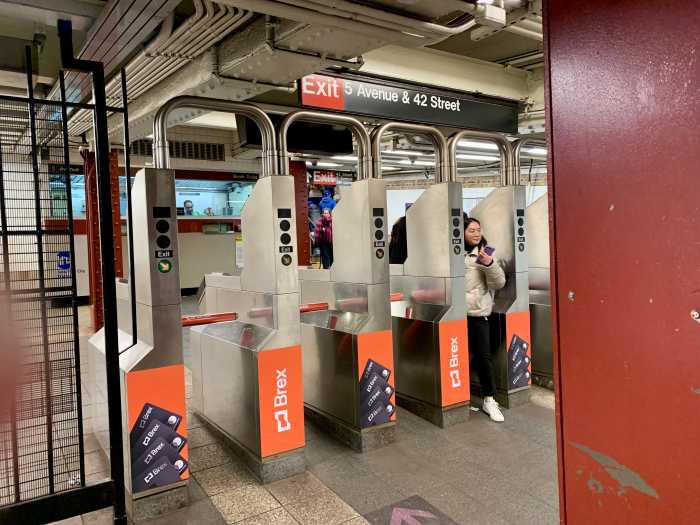
The riding public is again being asked to cough up more to run New York’s transportation system with a round of fare hikes that will hit Sunday.
For the eighth time in 10 years, the cost of a subway and bus ride will go up, with single rides going to $2.75 from $2.50; monthly unlimited cards increasing to $116.50 from $112; and weekly passes going to $31 from $30. Riders, however, will get a bigger cash bonus, 11%, for every $5.50 spent. Fares on the LIRR and Metro-North will also rise as much $4.25 depending on the line.
Drivers will also get hit, as tolls on MTA bridges and tunnels will rise, more so for those who pay cash.
But what will riders get from digging deeper into their pockets?
“What they get for it is an increase in service, higher quality of service — more, more,” MTA chief Tom Prendergast told reporters when the board approved the higher fares in January.
That should be welcome news for the riders who have dealt with a spate of delays, diversions and deteriorating equipment and tracks.
“It’s horrible considering the amount of riders they have,” said Rashida Harrigan, 32, a waitress from Jamaica, Queens. “Service could be so much better.
Kira Springer, 25, an HR coordinator from Mill Basin, said the service would get a failing grade.
“I just want to know, honestly where does the money go?” she said.
Other riders were resigned to paying more for the train, which they consider the best ride in town.
Sammy Bumen, 45, an IT technician from Bensonhurst, said he likes his N train service in the morning and thinks the subway is better here than in Europe.
“Even if it goes up to $4, I got to take it,” he said.
The MTA is covering the cost of running the system with a 4% hike in fares every two years, meaning riders will shell out more come 2017. This fare increase will bring in more than $600 million to NYCTransit alone through 2018.
MTA spokesman Kevin Ortiz said riders are getting a break with a 4% hike every two years, as opposed to 7.5%, due to the agency slashing $1 billion out of its annual expenses last year amid rising operation expenses.
“The MTA has been able to hold fare and toll increases down to the equivalent of 2% a year, with the lowest increases for our most frequent customers,” he said.
At the same time, subways have reached a point where ridership tops 6 million rides a day several times a month. Money from riders’ pockets keeps subways running and buses rolling — more so in New York than it does for riders in any other U.S. city. This year, fares to NYCTransit will cover 60.1% of how much it costs to run subways and buses, according to MTA financial documents.
Straphangers Campaign attorney Gene Russianoff said there should be less of a burden on the backs of riders.
“If you’re taking the train in Chicago, in Boston, in Miami, in Los Angeles, you’re paying significantly less of the cost of running those systems than we do in New York,” he said.
Relying on riders also means that fare hikes hit low-income New Yorkers.
Public Advocate Letitia James Thursday suggested a hardship discount for MTA fares, similar to a new program in Seattle.
Leatrice Stewart, 24, a nonprofit program associate from Rosedale, said she had trouble budgeting enough for transportation at a paid internship. She got a free monthly MetroCard through the Community Service Society, an anti-poverty group, while looking for work.
Without that, she said, “I don’t think I’d even have a job right now.”





































